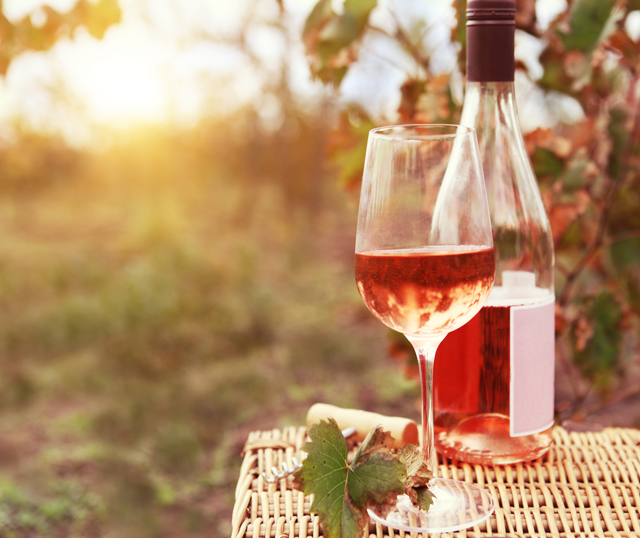Let's Chat About Wine: Rosé
By John Lenart in Food on Jul 10, 2014 8:30PM
Last month we started #ChiWineChat. It's a monthly article where I select a type of wine and write a bit about it. Then, over the course of the month, I want you drink a glass of that wine when out at a restaurant, or buy a bottle to try at home. It doesn't have to be the exact label or vintage I'm drinking, but rather, just the same type of wine.
As a matter of fact it'll be more interesting if you choose a different label or vintage than I choose. But if you want to see how your palate compares to mine, go ahead and try the same exact wine I'm tasting. Then, tweet your experience or post it on Facebook using the hash tag #ChiWineChat. Talk about the specific wine you tasted, how much you paid, and what you thought about it. You can follow along on twitter or Facebook to see what others are tasting and saying, or wait till the next month when I'll recap some of the more intriguing tweets here. Pretty simple and it's a lot of fun.
Last month we chatted about albariño and here are some tweets I found interesting:
Thanks to everyone who chatted along. I hope you enjoyed albariño
Summertime is here and there's been a lot of talk about rosé. A few weeks back Kate Bernot at Redeye did a nice piece dispelling all sorts of misconceptions about rosé.
Over at The Reader, Mike Gebert did an interview with Bret Heiar, sommelier at Nico Osteria and former professional Muay Thai fighter, who proves even tough guys can drink pink.
So, while I might be a few weeks late to the rosé party, this month let's chat about rosé.
Now, I know a lot of you think about rosé and immediately think of some sweet, awful white zinfandel. But trust me when I tell you there are plenty of high quality pink wines out there.
Since virtually all grape juice is white, the way red wines get their color, as well as a good bit of their body and flavor, is from the juice having extended contact with the grape skins. With rosé these same red grapes are crushed, but the skins are left in contact with the juice for a much shorter period of time, typically one to three days. The skins are then discarded leaving the liquid with a lovely pink color. The longer the skins are left in contact with the juice, the deeper the color of the wine.
Rosés can be either still or sparkling and are made in just about every wine growing region of the world, from just about every red grape variety. Because of the wide range of grapes rosés are made from, their aromas and flavor profiles can vary widely. I like to call them porch wines because they're nice to drink while sitting out on your porch enjoying a perfect summer evening.
So let's drink some wine.
I'm drinking a 2013 Bernard Baudry Chinon Rosé.
Being from Chinon, this rosé is 100% cabernet franc.
It's a lighter pale salmon color leaning a bit toward orange in color. The aroma is of light, fresh strawberries, white rose, and just a hint of lemon. The flavor is mildly complex, ripe peach flavors are backed up with a hint of lemony acidity. If you search for it, you can even find just a touch of that green bell pepper flavor in the background that cabernet franc is known for.
You can buy it for just under $20 at Perman Wine Selections.
So get out there, taste some rosé, and Tweet or post about it on Facebook using the hash tag #ChiWineChat to let me know what you're drinking, and what you think about it.
This Chinon rosé is a great porch wine. I don't have a porch, so I'm going to head out to my patio and enjoy the rest of this glass. #ChiWineChat
